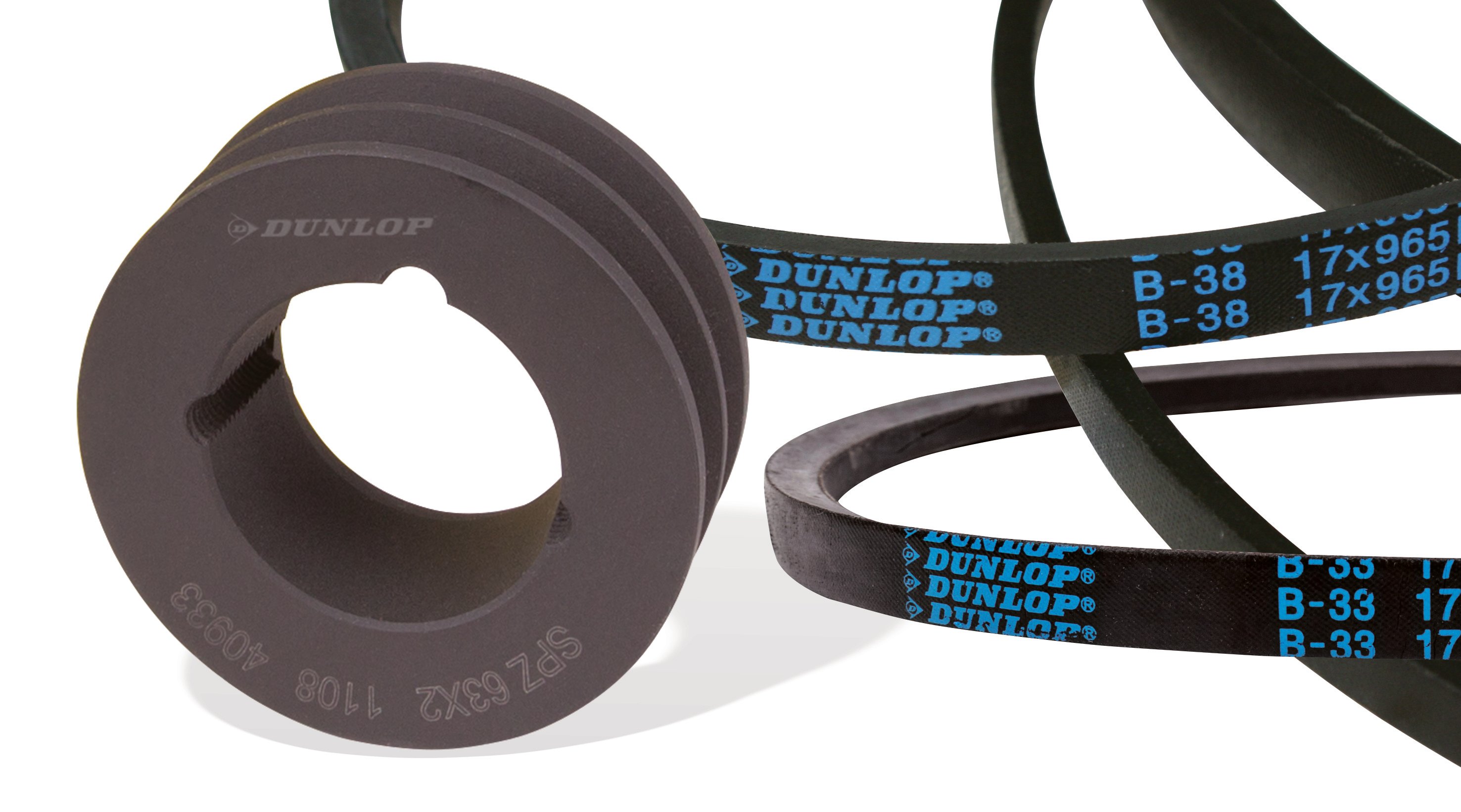
A Quick Guide On How to Measure A Missing V-Belt
Replacing a missing V-belt can be a tricky task, especially when you don't have the old belt for reference. Fitting the wrong size can cause several negative consequences, including reduced efficiency, overheating, unexpected equipment failure, noise and vibration, and energy loss, so it is important to get the measurement correct.
By following a few simple steps, you can accurately determine the size of the belt you need. In this article, we’ll explain how to measure a missing v-belt in five easy-to-follow steps.
1. Determine the Pulley Configuration
Firstly, identify the configuration of the V-belt pulley on which the belt will run. You may have a single-groove, double-groove, or multi-groove pulley system. The number and type of grooves play a vital role in determining the correct type and size of the V-belt required for your machinery.
2. Measure The Centre Distance
Next, measure the distance between the centres of the two pulleys. This measurement is crucial as it is a key factor in determining the length of the V-belt. Ensure the greatest accuracy at this stage as even a minute error can lead to choosing a belt that doesn't fit properly.
3. Measure The Pulley Diameters
Then, measure the diameter of each pulley at the groove which is essential for selecting the correct belt profile. The profile is a crucial feature as it determines how the belt interacts with the pulleys in a belt drive system. Different pulley diameters may require different V-belt profiles to ensure the belt sits correctly in the groove and effectively transmits power.
4. Consider Belt Type And Profile
Based on your pulley configuration and the power transmission needs, determine the type of V-belt required. V-belts are categorised by letters (Z, A, B, C, D, SPZ, SPA, SPB or SPC for instance) which indicate their size and profile. Also, decide on the belt profile, which could be classic, narrow, or cogged, among others. Each type and profile is designed for specific applications and power loads: wedge belt sizes, for example, are typically narrower and are designed to offer advantages over the traditional broader V-belts, especially in situations where space and weight are critical factors.
5. Calculate The Required Belt Length
Finally, use the centre distance and the pulley diameters to calculate the required length of the V-belt. This can be done using mathematical formulae or by referring to the manufacturer’s specifications and sizing charts. These charts can provide a more precise fit, taking into account the specifics of the pulley system and the type of V-belt needed.
Download Our Free Guide Today
You can find out more about bearings, mechanical power transmissions, and linkages by downloading our free guide here or by calling our specialists on 01233 542995.






